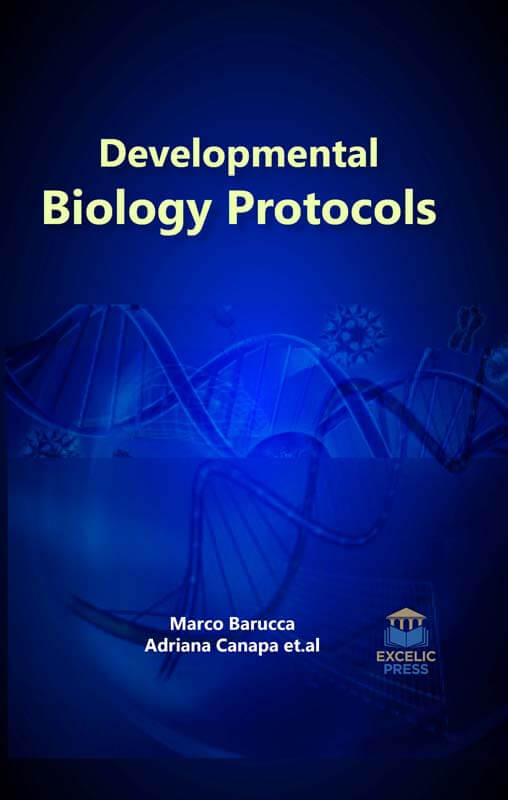Evolutionary developmental biology has undergone dramatic transformations since its emergence as a distinct discipline. Developmental biology is intended to understand how an organism develops—how a single cell becomes an organized grouping of cells that are then programmed at specific times to become specialized for certain tasks. Over the past several years, the gap between the technical difficulties in manipulating cultured cells versus embryos has narrowed significantly. This has enabled developmental biologists to learn new insights about the embryo at a more quantitative and single-cell level.
This book discusses recent advances and cutting-edge cellular and molecular techniques in developmental biology that have caused this diverse field to re-emerge. This book aims to highlight the scope, power, and future potential of evo‐devo to transform and unify diverse aspects of biology. This book starts with a discussion of what we know about how the human embryo builds itself. The building of the human embryo is a biological process of transcendent complexity. It fails at least three times as often as it succeeds. Human embryogenesis incorporates a good deal in common with each different quite an embryogenesis we tend to perceive in any respect, and our observations to this point conjointly show it’s not precisely like all different kinds. Hox genes are regulators of animal embryonic development. Changes in the number and sequence of Hox genes as well as in their expression patterns have been related to the evolution of the body plan. The book further focuses on Lophotrochozoa which is characterized by a high diversity of body architecture and is, therefore, ideal for studying the evolution of development. Animal development is very conventional within the face of fixing environmental conditions and individual genetic variations. At the same time, developmental processes can evolve rapidly, suggesting that selectable genetic variation is hidden beneath this apparent stability. To better understand the relationship between these seemingly opposed properties of robustness and evolvability, the book examines the impact of gene expression variation on the robustness and evolvability of a developmental gene regulatory network. Succeeding, the book focuses on the contributions of noncanonical smoothened signaling during embryonic development. Lastly, the book investigates the role of connective tissue in muscle morphogenesis. Here, we review the development of the various connective tissues in the context of the musculoskeletal system and highlight their important role in delivering information necessary for correct muscle morphogenesis, from the early step of myoblast differentiation to the late stage of muscle maturation. Interactions between muscle and connective tissue are also critical in the adult during muscle regeneration, as impairment of the regenerative potential after injury or in neuromuscular diseases results in the progressive replacement of the muscle mass by fibrotic tissue.
This book is a comprehensive introduction to developmental biology dealing with contemporary approaches to illustrate the complex process from the transformation of an egg into an adult organism.














Reviews
There are no reviews yet.